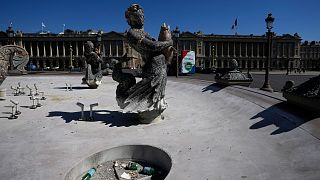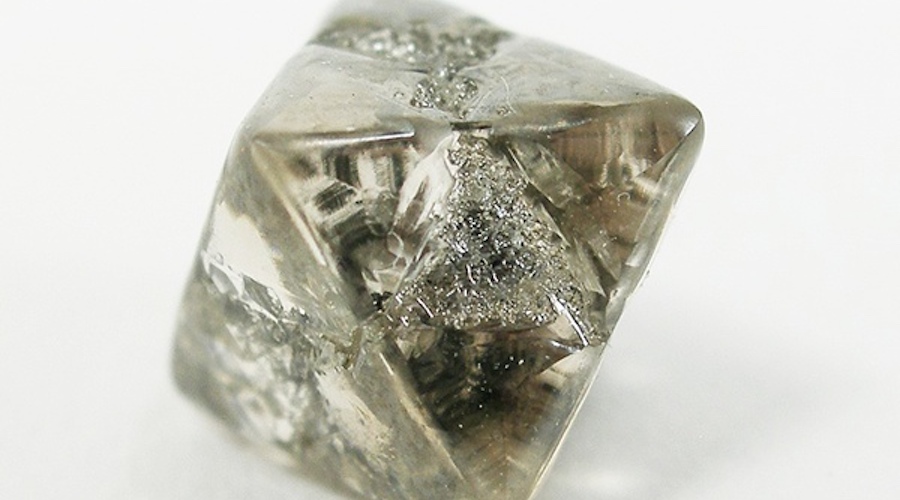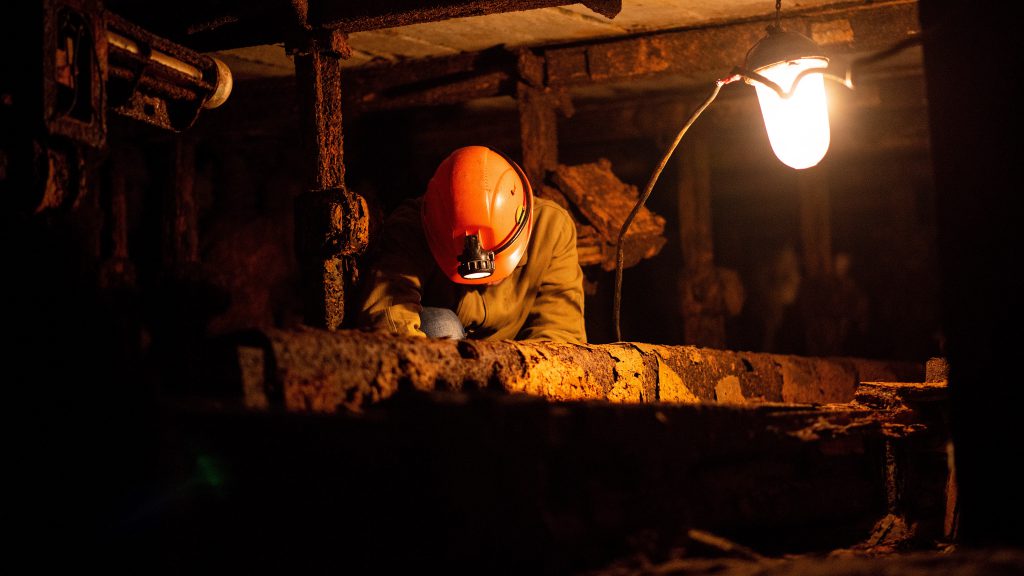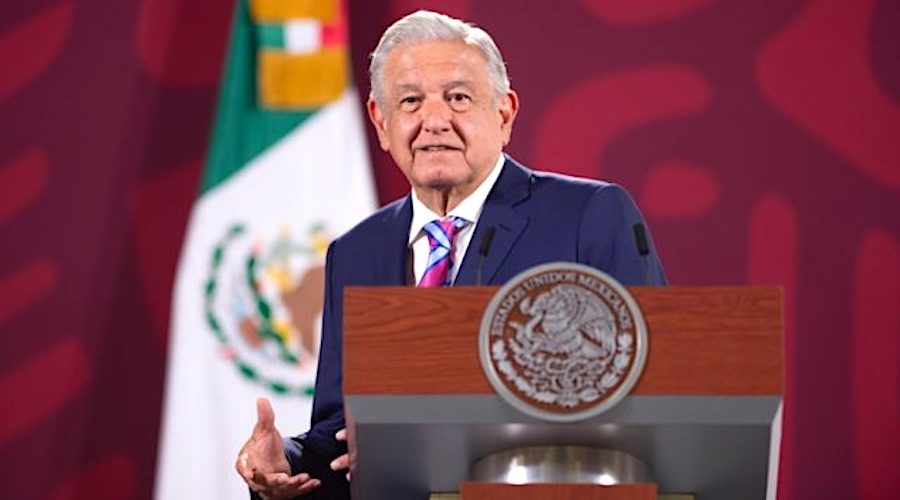Welcome to Severe Weather Europe page!
Welcome to our Severe Weather Europe page – an online resource of severe weather. Our mission is to provide severe weather forecasts, detailed outlooks, and …
An unusual ocean anomaly is growing in the North Pacific. How did it form, and what does it indicate for the weather seasons ahead?
A strong oceanic heatwave has formed in the North Pacific, following the weather pattern changes. These unusual anomalies can impact the regional weather and marine …
A strong burst of nearly 4000 earthquakes occurs in Iceland, causing an increased risk of a new volcanic eruption as we head into August
A powerful earthquake swarm has begun on the Reykjanes Peninsula, Iceland. Nearly 4000 earthquakes have been detected in the first 24 hours, with the activity …
Fall Forecast 2022: First look at the next weather season shows that patterns will be driven by one major Ocean anomaly, extending into Winter 2022/2023
Meteorological Fall begins in September. But large scale factors are already at work in mid to late Summer that have an impact on the coming …
Karst Region on Fire – The Largest, Historic Wildfire on Record in Slovenia spreads fast under the new extreme heat dome Heatwave event over Europe
Europe has been trapped under a long-lasting heat dome this summer, extending and significantly worsening the already severe and persistent drought across many parts of …
The Greenland Ice sheet lost 18 billion tons of water in 3 days after unusually warm temperatures between July 15 and 17. Arctic Sea Ice extent is declining on its way to the September annual minimum
Between 15 and 17 July, Greenland’s north-western ice sheet lost 6 million tons of water per day. This exceptional melting was caused by exceptionally high …
ENSO Weather: The strange La Nina will endure into the Cold Season. But how will it impact the weather as we head for the seasonal pattern change?
La Nina has entered its third cycle after defying its breakdown in the tropical Pacific Ocean. Cold anomalies are focused more on the central Pacific …






















